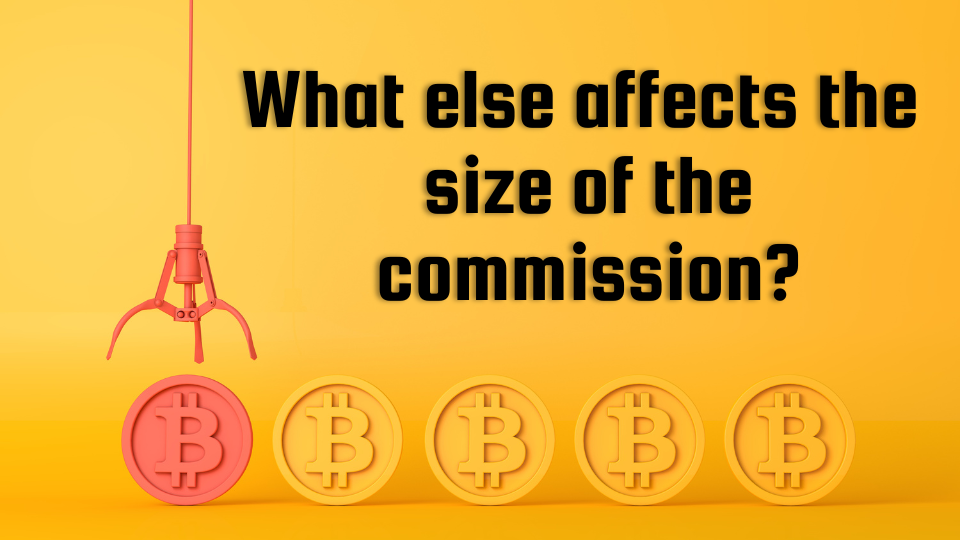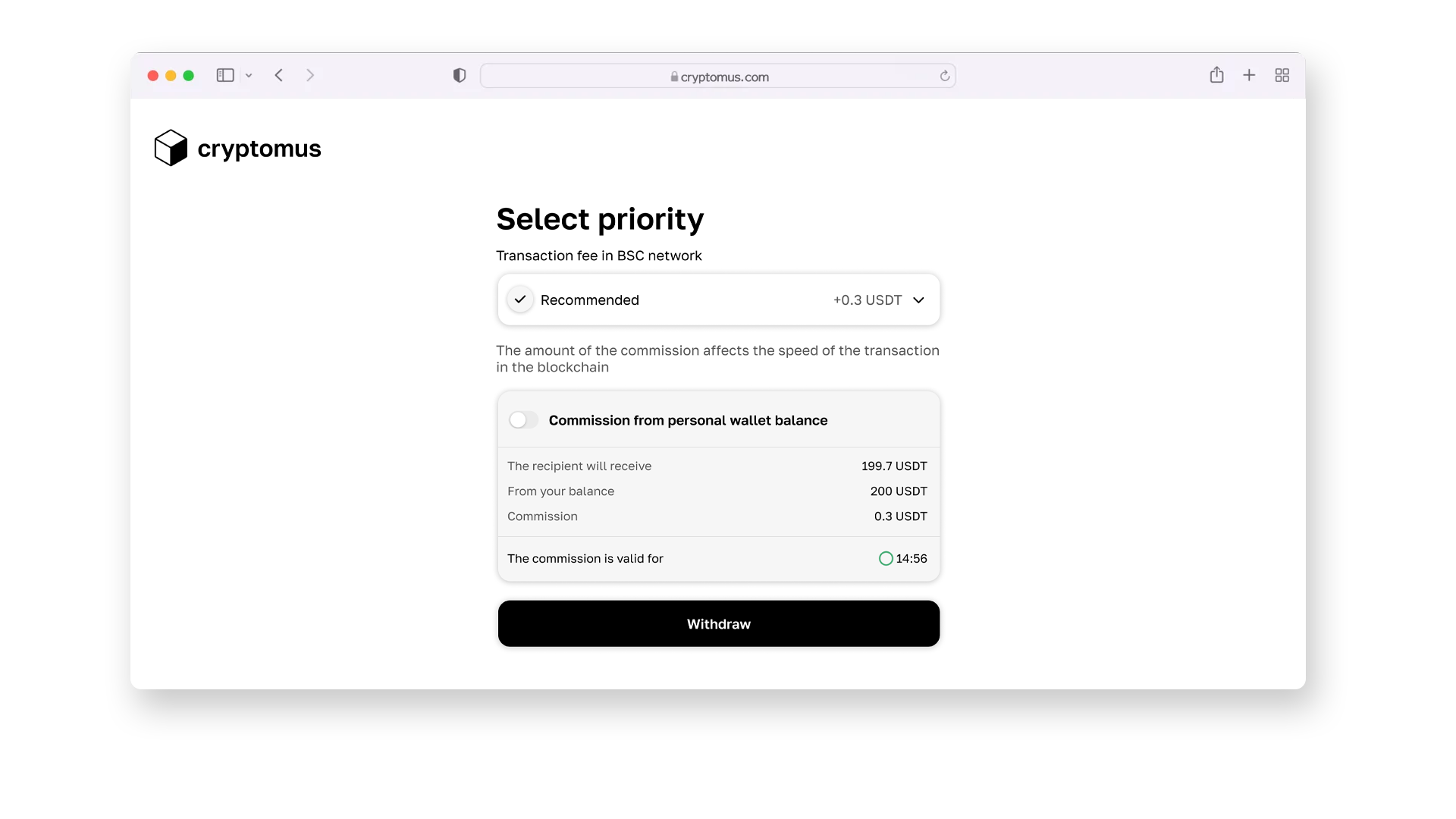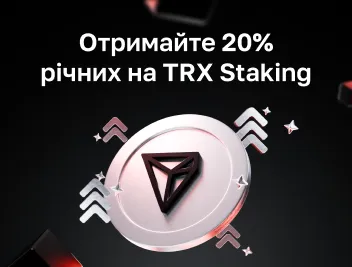
Що таке комісія мережі блокчейн?
Використання цифрових активів для оплати товарів і послуг в Інтернеті - актуальна тенденція, яка активно набирає обертів. Однією з основних причин такої популярності біткоіни і інших криптовалюта в якості платіжного засобу є низькі комісії за перекази. Отже, що таке комісія мережі блокчейн і скільки вам доведеться заплатити за транзакції? У цій статті ми розглянемо всі фінансові питання, пов'язані з комісіями мережі блокчейн.
Що таке комісія мережі блокчейн?
Блокчейн-мережа, в загальному, являє собою ланцюжок блоків, що складається з підтверджених транзакцій. За роботу, прийом і обробку транзакцій ця мережа бере плату, яка називається комісією блокчейн-мережі, яка грає роль певної комісії, яку відправник платить за здійснення платежу в криптовалюта.
Комісія блокчейна не фіксована, вона не залежить від суми здійсненого вами платежу. Комісія за транзакцію може розраховуватися користувачами індивідуально. Крім того, необхідно відзначити, що комісія блокчейна є обов'язковою і виконує дві важливі функції.
- Підтримка Майнер.
Комісії блокчейна йдуть на підтримку Майнер/валідаторів, які допомагають налагодити процес оплати і підтвердити транзакції в блокчейне. Майнери, обробляючи платіж, спочатку вибирають транзакції з найкращим співвідношенням розміру комісії — таким чином вони збільшують власний прибуток.
- Забезпечення безпеки мережі.
Ще одним важливим фактором є захист мережі від спам-атак і підвищення рівня безпеки. Він працює як інструмент проти хакерів, які намагаються атакувати мережу, ініціюючи багато одночасних операцій. Таким чином, оскільки запускати кілька тисяч переказів з комісією занадто дорого, це відлякує зловмисників.
Спочатку платежі можна було відправляти не тільки з комісією, але і безкоштовно. Час очікування підтвердження безкоштовних транзакцій не перевищувало 25 хвилин, але з ростом популярності криптовалюта кількість платежів збільшилася, і комісія стала обов'язковою. Вартість комісійних за транзакції з криптовалютою залежить від використовуваної мережі. Наприклад, Bitcoin, Ethereum, Litecoin і Tether (USDT) мають різні комісії за транзакції.
Як працює Алгоритм перекладу криптовалюти?
Переказ криптовалюти здійснюється з використанням алгоритму, відмінного від традиційних платіжних систем, які використовують блокчейн-бази даних і сервери для зв'язку. Ось чому іноді потрібно більше часу для підтвердження та перевірки. Переказ цифрових активів здійснюється онлайн, і коли він відправляється, перевіряється правильність транзакції і наявність у користувача достатньої кількості криптовалюта для виконання операції. Щоб більш ретельно перевірити алгоритм роботи кріптоперекладу, давайте розглянемо його етапи по порядку.
-
Відправлений в свого роду "кімнату очікування" (mempool);
-
Включається Майнер в попередній блок - він може містити близько 2500 транзакцій, оскільки розмір блоку обмежений 1 МБ, тому при високому трафіку і високої активності учасників блокчейн-мережі утворюється значна черга, що автоматично збільшує час обробки платежів;
-
Оцінюється з точки зору пріоритету-платежі з високою комісією обробляються в першу чергу (зазвичай це вказує на важливість і терміновість переказу);
-
Він підтверджується і відправляється в видобутий блок.
До речі, всі транзакції в блокчейне анонімні, тому відстежити користувачів неможливо, але процес постановки в чергу, сортування і підтвердження транзакцій не закритий. За допомогою спеціалізованих блокчейн-сервісів моніторингу ви можете відстежувати завантаженість блокчейн-мережі в режимі реального часу, переглядати транзакції, доступні в певному блоці, і навіть розрахувати, яку комісію вказати за переказ, щоб майнер включив його в найближчий блок.
Яка роль майнерів?
Відправка та отримання платежів в криптовалюта здійснюється за допомогою Майнер. Це спеціальні програми, які реєструють і підтверджують транзакції в блокчейне. Використовуючи математичні обчислення, вони" сортують " переклади, що знаходяться в черзі, і присвоюють їм певний пріоритет в залежності від розміру комісії. Після цього транзакція підтверджується або залишається в черзі — перекази з найвищою комісією отримують підтвердження одними з перших.
Як ми бачимо, роль майнера має вирішальне значення, оскільки швидкість і вартість транзакції в основному залежать від нього і його алгоритму, який заснований на тому факті, що пріоритетним параметром для підтвердження транзакцій є сума платежу, пропонована відправником для здійснення платежу.
Що ще впливає на розмір комісії?

На розмір комісії сильно впливає завантаженість певної блокчейн-мережі, а також терміновість і важливість транзакції. Однак є кілька інших не менш важливих факторів. Давайте подивимося!
- Складність скрипта.
Функціонал обробки транзакцій досить широкий і дозволяє використовувати різні опції, наприклад, множинні підписи. Вони підвищують безпеку, але значно збільшують розмір(не суму!) переклад. Так," Вага "складної транзакції може перевищувати 1000 байт (проста" важить " близько 400), що, звичайно ж, збільшить розмір комісії.
- Кількість введених даних.
Будь-біткоіни насправді є посиланням (його також називають "введенням") на транзакції, які були проведені раніше з метою збільшення капіталу. Це посилання передається під час перекладу, тому, якщо криптоодиниця була отримана з різних джерел, то вона містить кілька посилань, які впливають на розмір комісії.
- Кількість виходів.
Виходи-це адреси, за якими відправляються платежі. Більшість операцій включають один або два виходи, але їх може бути і більше.Таким чином, чим їх більше, тим дорожче буде коштувати транзакція.
Високі комісії роблять невигідним і непрактичним розплачуватися криптовалютою на сайті Продавця за дрібні покупки, такі як чашка кави в кав'ярні або замовлення в ресторані швидкого харчування. В цьому випадку комісія може бути більше суми покупки.
Чи Можливо Знизити Комісійні Витрати?
Бажання користувачів знизити розмір комісії блокчейн-мережі за переказ коштів цілком зрозуміло, але, намагаючись це зробити, не варто сліпо довіряти радам різних моніторингових ресурсів. Краще заглибитися в тему самостійно і дізнатися, як правильно розрахувати комісію, щоб транзакції проходили без зависань. Комісії не відображаються безпосередньо в блокчейне, тому у відправника немає можливості дізнатися справжню вартість операції. Ось кілька порад, які можуть допомогти вам зменшити комісійні витрати.
-
Скористайтеся рекомендаціями крипто гаманця, який розраховує середню вартість 1 байта в режимі реального часу. Цей варіант підходить для новачків, у яких немає великого досвіду роботи з криптовалюта;
-
Розрахуйте суму самостійно і завжди будьте в курсі суми, яку ви платите - вам потрібно розрахувати різницю між кількістю відправленої криптовалюта і "здачею".
-
Перевірте чергу очікуваних транзакцій і мінімальну суму комісії за вже підтверджені перекази в Пулі пам'яті. Якщо ви вкажете комісію за переказ трохи вище мінімальної, шанси на швидку транзакцію зростуть.
Універсальних способів зменшити розмір комісії блокчейн-мережі, уникнувши при цьому заморожування перекладів, не існує. Варто вивчити питання більш ретельно, щоб знати, як визначити оптимальний розмір комісії і не переплатити, приділяючи велику увагу факторам, на які ми звернули увагу раніше.
Транзакції з мінімальною комісією реальні!
Вкрай важливо розуміти роль комісій в кріптообработке, оскільки для багатьох користувачів це може стати вирішальним фактором при виборі конкретної кріптоплатформи для здійснення платежів. Cryptomus дозволяє користувачам організувати зручний прийом платежів за допомогою швидкої реєстрації по електронній пошті або номером телефону; інтеграції з використанням API і готових модулів і підтримки декількох валют.
Основна перевага здійснення платежів на Cryptomus полягає в тому, що комісія за транзакцію фіксована, вона не прив'язана до певного відсотку від суми переказу. Тепер стало зручніше і прийнятніше здійснювати масштабні транскордонні платежі і навіть здійснювати покупки, оскільки комісії все ще нижчі, вони просто приховані.
Також для користувачів передбачена корисна можливість самостійно встановлювати розмір комісії при здійсненні платежів з використанням ряду криптовалют, включаючи Ethereum і Bitcoin. У користувачів є можливість вибирати більш-менш дорогі варіанти за вартістю суми комісії при здійсненні платежу. Якщо переказ досить терміновий, то вони можуть підвищити комісійну ціну, і транзакція займе менше часу. Таким чином, ви можете підвищити пріоритет своєї транзакції в блокчейн-системі, збільшивши вартість комісії. А також ви можете заощадити на комісії, якщо швидкість транзакції не є суттєвою.

Аналогічна ситуація з процесом виведення коштів. Ви також можете вибрати зручну для вас комісію, виходячи з принципу "чим більше ви платите, тим швидше проходить ваша транзакція". Якщо ви хочете дізнатися більше про збори за зняття коштів за допомогою інших криптовалют на Cryptomus, натисніть тут.
Ми сподіваємося, що ця стаття була вам корисна, і тепер ви розібралися з аспектами комісії мережі блокчейн. Економте свої витрати разом з Cryptomus!
Оцініть статтю








коментарі
0
Ви повинні увійти, щоб залишити коментар